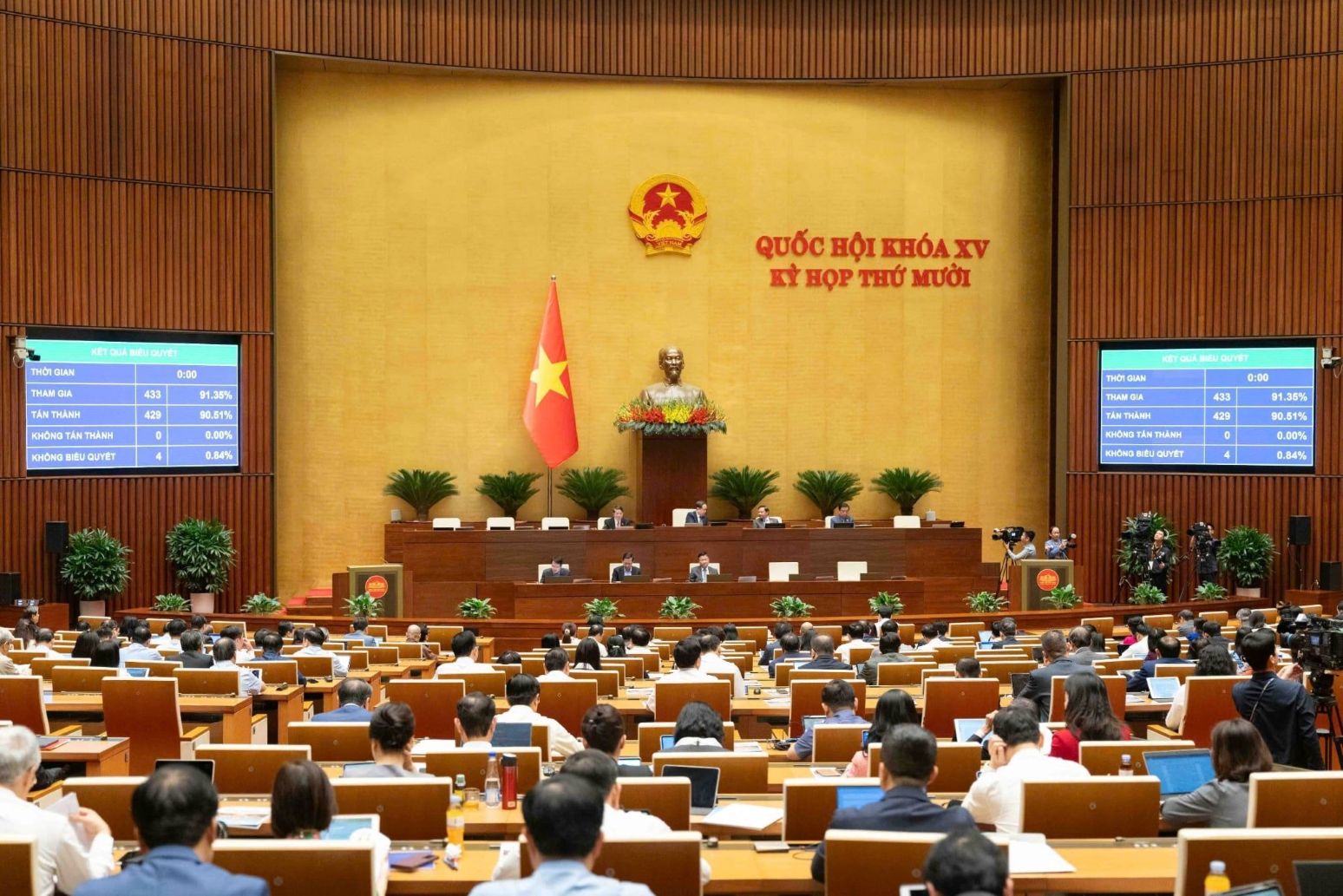HCMC – The National Assembly has approved the 2026 socio-economic development plan, setting an economic growth target of at least 10%.
The resolution, passed on November 13 with more than 90% of lawmakers in favor, also aims for per capita GDP of US$5,400-5,500 and an inflation rate of around 4.5%, according to the National Assembly’s website (quochoi.vn). These targets are higher than the projected outcomes for 2025.
The Government is assigned to pursue growth while maintaining macroeconomic stability, controlling inflation, and ensuring key economic balances. Fiscal and monetary policies will be managed flexibly, with credit directed toward production and business and tighter control over lending to risky sectors.
Authorities are instructed to strengthen management of the gold, real estate, and stock markets and prevent tax losses, especially in e-commerce, food services, and retail.
Public debt and budget deficits must be tightly managed to create fiscal space for development, including the issuance of government bonds for major national projects.
The National Assembly called for the removal of investment bottlenecks and faster public capital disbursement from early 2026, focusing on large projects and national target programs.
The Government was also tasked with establishing international financial centers in HCMC and Danang City and developing new-generation free trade zones in selected provinces.
Key infrastructure projects include the Lao Cai–Hanoi–Haiphong railway, urban rail lines in Hanoi City and HCMC, phase two of Long Thanh International Airport, Gia Binh Airport, and the international transshipment ports in Can Gio and Hon Khoai.
The resolution also calls for investment incentives in the energy sector, progress on the Ninh Thuan 1 and 2 nuclear power plants, and the development of emerging sectors such as marine, underground, and space economies.









